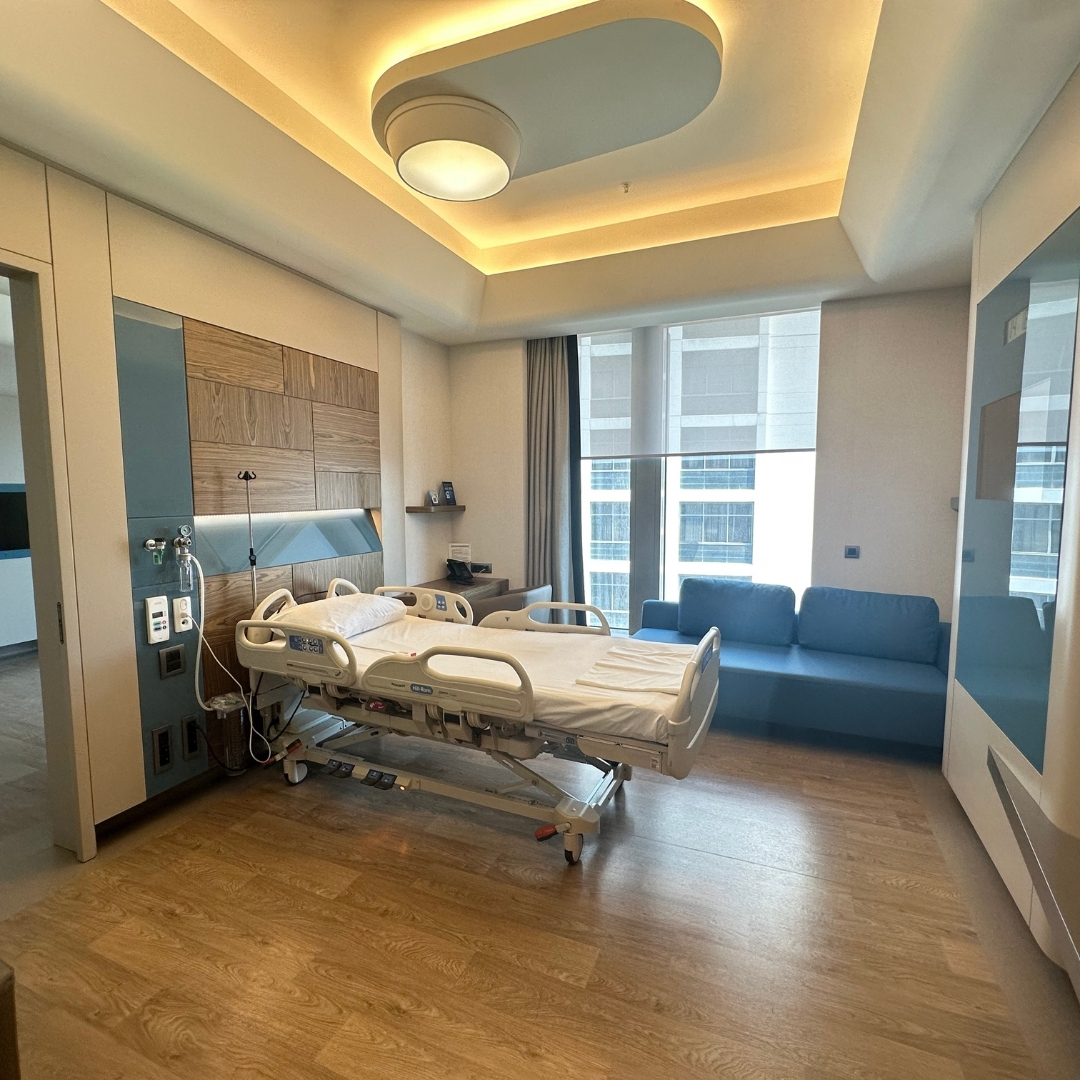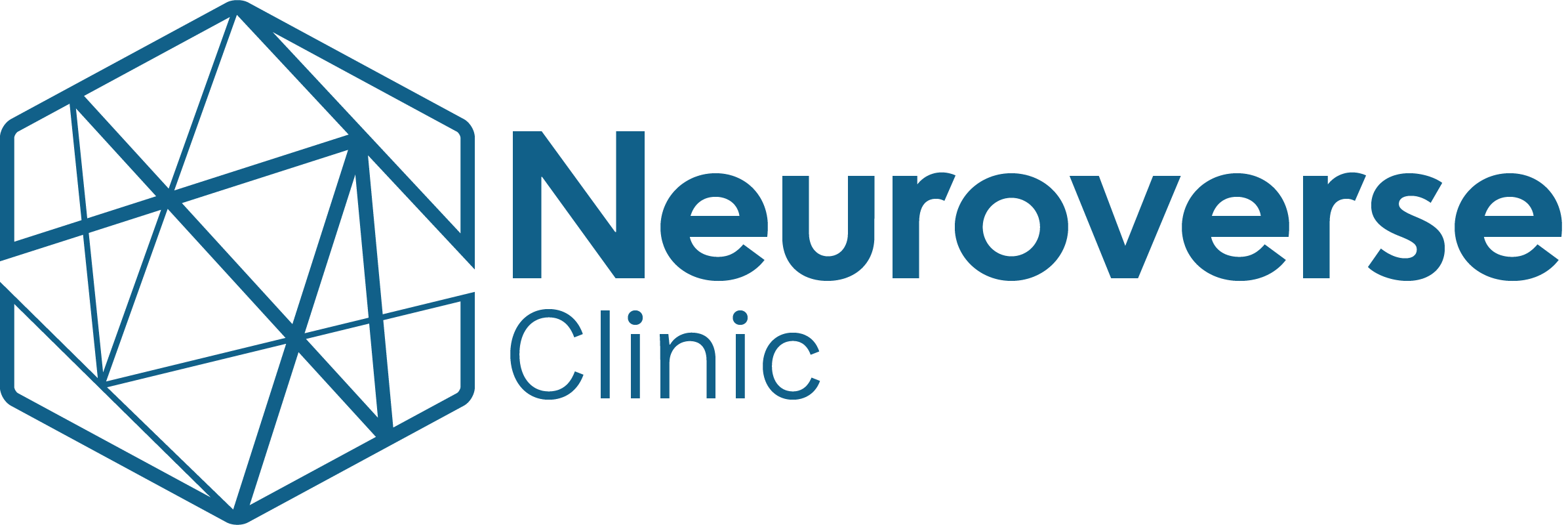
What is Robotic Rehabilitation?
Robotic rehabilitation is a therapeutic approach that utilizes robotic technologies to address functional impairments caused by neurological disorders. This method is designed to improve motor and movement functions impacted by conditions such as stroke, spinal cord injury, traumatic brain injury, Parkinson’s disease, and multiple sclerosis. The primary goal of robotic neurorehabilitation is to help patients regain mobility, enhance muscle strength and coordination, and overall, improve their quality of life.
What does Robotic Treatment Mean?
Robotic rehabilitation provides several advantages over traditional rehabilitation methods, offering more practical and customized treatment options. This technological approach enhances the efficiency and effectiveness of the rehabilitation process, potentially leading to faster and more comprehensive recovery for patients.
To Whom is Robotic Rehabilitation Applied?
Robotic rehabilitation is particularly beneficial for patients with neurological disorders such as stroke, spinal cord injuries, traumatic brain injury, cerebral palsy, multiple sclerosis, and Parkinson’s disease. This technology supports patients in improving their motor skills and movement abilities, thereby increasing their independence and enhancing their quality of life in daily activities.
How Does Robotic Physical Therapy Work?
Robotic rehabilitation treatment is designed to enhance physical functions using advanced robotic devices and systems. It is particularly effective for patients with neurological conditions such as stroke, spinal cord injuries, traumatic brain injury, musculoskeletal disorders, and other similar health issues. The general process of robotic rehabilitation treatment involves the following steps:
- Evaluation and Planning: Before initiating treatment, a physical therapy and rehabilitation specialist evaluates the patient’s current condition. This assessment considers various factors, including physical abilities, mobility limitations, and treatment goals. Based on this evaluation, a personalized treatment plan is developed to meet the patient’s specific needs.
- Selection of Robotic Devices: Depending on the patient’s condition and treatment objectives, appropriate robotic rehabilitation devices are chosen. These may include wearable exoskeletons, robotic arms for upper and lower extremities, walking robots to assist with balance and mobility, and specialized tools for fine motor skills.
- Treatment Application: Patients engage in one-on-one or group therapy sessions using the selected robotic devices. During these sessions, the devices support and guide the patient’s movements. They are designed to offer targeted exercises that enhance mobility, improve muscle strength, and develop motor skills.
- Monitoring and Feedback: Robotic devices track the patient’s performance in real time and provide immediate feedback. This allows patients to correct their movements and monitor their progress throughout the treatment.
- Assessment and Adjustment: Progress is regularly evaluated to ensure that treatment goals are being met. The treatment plan is adjusted as necessary to continually align with the patient’s evolving needs. This iterative process ensures that the rehabilitation remains effective and tailored to the patient’s condition.
Robotic rehabilitation treatment involves a multidisciplinary approach and typically includes collaboration between physiotherapists, occupational therapists, doctors, and engineers. This method not only boosts patient confidence and motivation but also accelerates the recovery process.

Robotic Physical Therapy Center: A Day at NeuroverseClinic

Robotic Rehabilitation Devices

Lokomat

Armeo

C-Mill VR

Amadeo
Frequently Asked Questions
At our center, we provide rehabilitation and treatment for a variety of neurological and orthopedic conditions:
- Stroke (Paralysis): Patients who have experienced a stroke due to brain hemorrhage, cerebral vascular occlusion, or a clot in the brain.
- Brain Injury: Patients with brain tissue damage and stroke caused by brain deprivation of oxygen, traumatic brain injury, or brain edema.
- Strokes Caused by Brain Tumor: Patients with brain tissue damage and stroke resulting from a brain tumor or brain tumor surgery.
- Spinal Cord Injury: Patients with spinal cord tissue damage who experience paralysis in the arms and legs due to traffic accidents, spinal surgeries, or tumors.
- Parkinson’s Disease: Patients with balance and gait disorders following brain surgery for Parkinson’s disease.
- Post-Orthopedic Surgery: Patients recovering from arm and leg reconstruction, orthopedic oncology surgeries, or hip and knee arthroplasty.
- Multiple Sclerosis (MS): Patients with weakness, balance and gait issues, and muscle contractions due to MS.
- Cerebral Palsy: Patients with cerebral palsy who have undergone orthopedic surgery due to balance and gait disorders.
Inpatient rehabilitation is designed to make the most of the crucial recovery period between inpatient and outpatient care by offering both cognitive and exercise-based programs.
Upon admission to our inpatient service, each patient receives a fully personalized rehabilitation program tailored to their specific needs. This program includes 4-6 hours of treatment daily. The rehabilitation process features an intensive exercise regimen using robotic rehabilitation devices, holistic approach consultations, and regular patient evaluations.
Throughout inpatient physical therapy, patients work with a multidisciplinary team including physiotherapists, occupational therapists, rehabilitation nurses, speech and swallowing therapists, respiratory therapists, psychologists, and dietitians, all under the guidance of a Physical Therapy and Rehabilitation Specialist Physician.
The average length of stay for patients undergoing inpatient physical therapy for neurorehabilitation is approximately 8 weeks. However, this duration can vary depending on individual factors such as the extent of functional loss, the severity of brain or spinal cord damage, and the patient’s response to treatment. Once the patient’s condition stabilizes, outpatient treatments can be continued.
A personalized program will be designed and assessed weekly to ensure steady improvement. We believe that providing reliable and objective data on the patient’s progress is essential for the best rehabilitation outcomes. Based on these evaluations, decisions regarding discharge will be made.
Our inpatient rehabilitation service is dedicated to maximizing the potential of our patients. For a successful rehabilitation process, our professional team—including physicians, physiotherapists, occupational therapists, speech and language therapists, and nurses—designs an intensive, personalized treatment plan utilizing the latest technologies and innovative methods.
Comprehensive robotic rehabilitation, combined with medical treatment for brain and all other organs, offers a recovery process that is significantly faster and more effective—over twice as effective—compared to traditional rehabilitation.
- 4-6 hours of one-on-one rehabilitation each day
- Multi-disciplinary care involving all branches of medicine
- 24-hour doctor supervision
- A personalized robotic neurorehabilitation program tailored to meet all of the patient’s needs
In our inpatient robotic rehabilitation program, which lasts 4-6 hours per day, each patient receives:
- 1 walking robot (Lokomat Pro or C-mill VR Plus)
- 1 hand-arm-finger robot (Armeo Spring or Amedeo)
- Physiotherapy sessions twice a day
- Electrotherapy sessions twice a day
- Occupational therapy sessions several times a week, varying between 30 minutes and 1 hour depending on the treatment
- Speech-swallowing therapy and respiratory therapy, included as needed based on the patient’s requirements
- All rehabilitation methods used in inpatient physical therapy, including robotic rehabilitation, physiotherapy, electrotherapy, occupational therapy, speech-swallowing therapy, and respiratory therapy
- Physician consultations in relevant specialties, blood tests, medication administration, and nursing services
- Accommodation and meal fees for both the patient and their companion
- Specific examinations such as X-rays, MRIs, and tomography
Please note that non-specific treatments, such as dental care, may incur additional charges.

